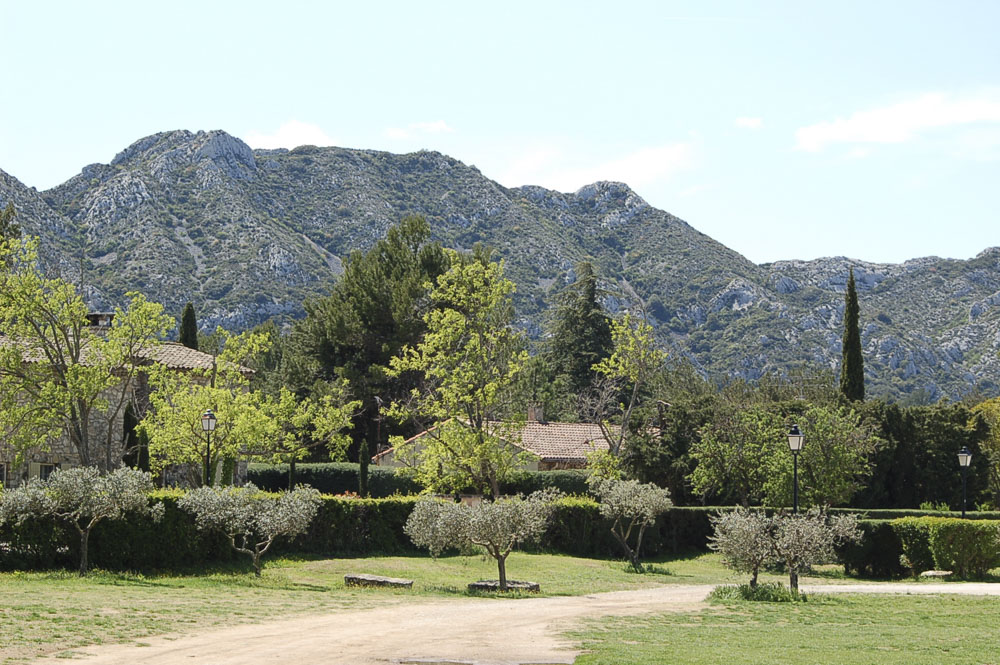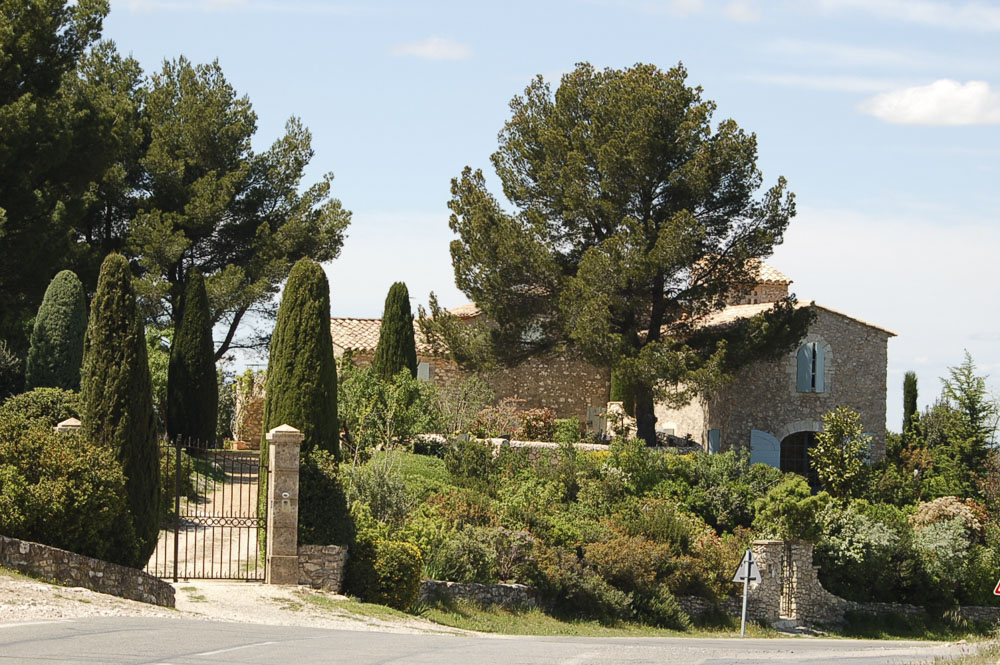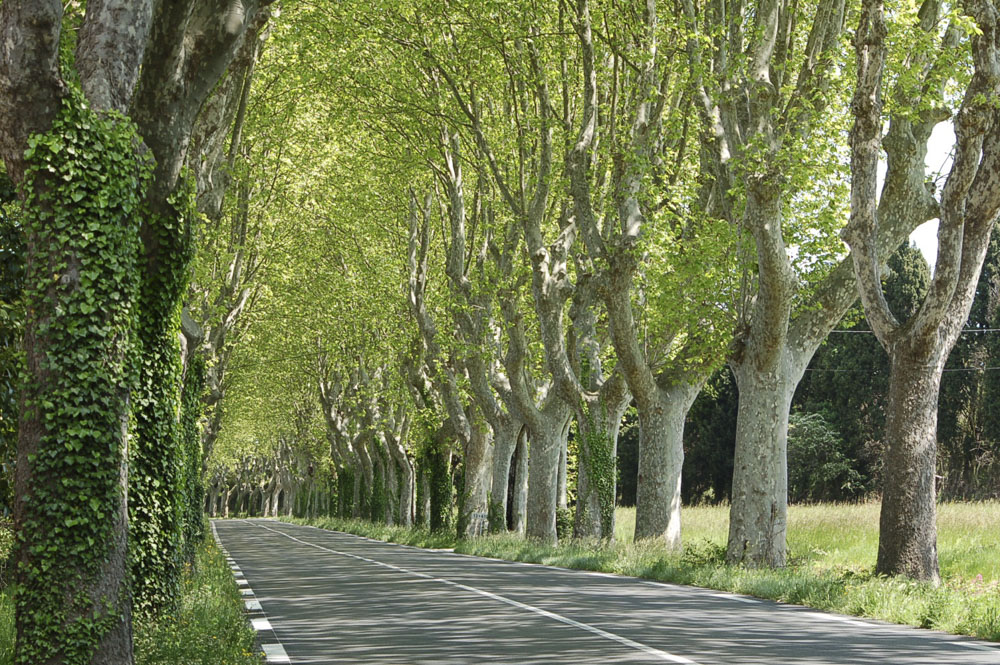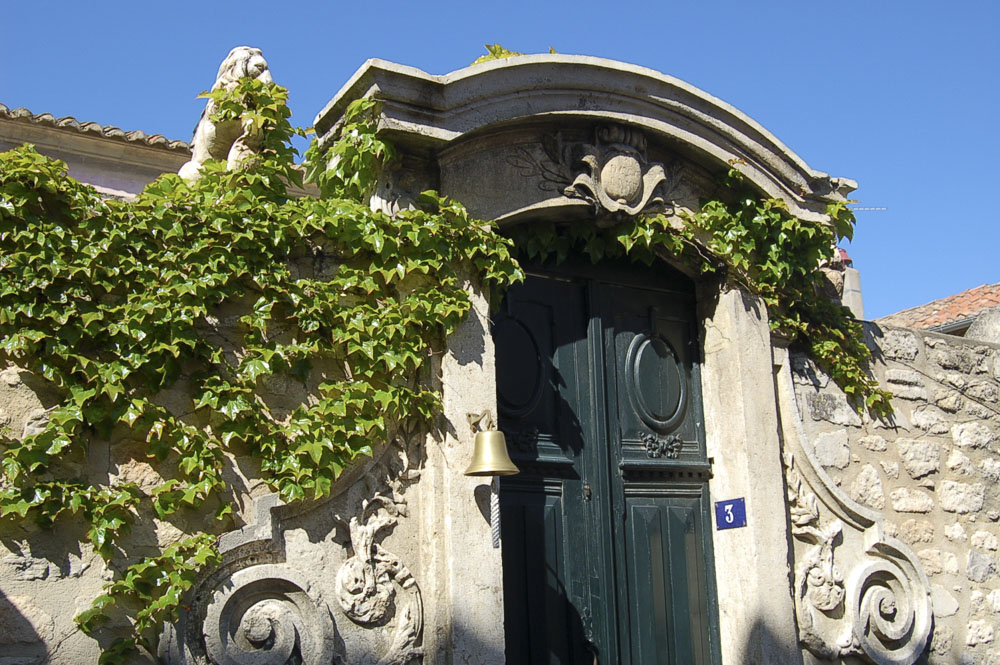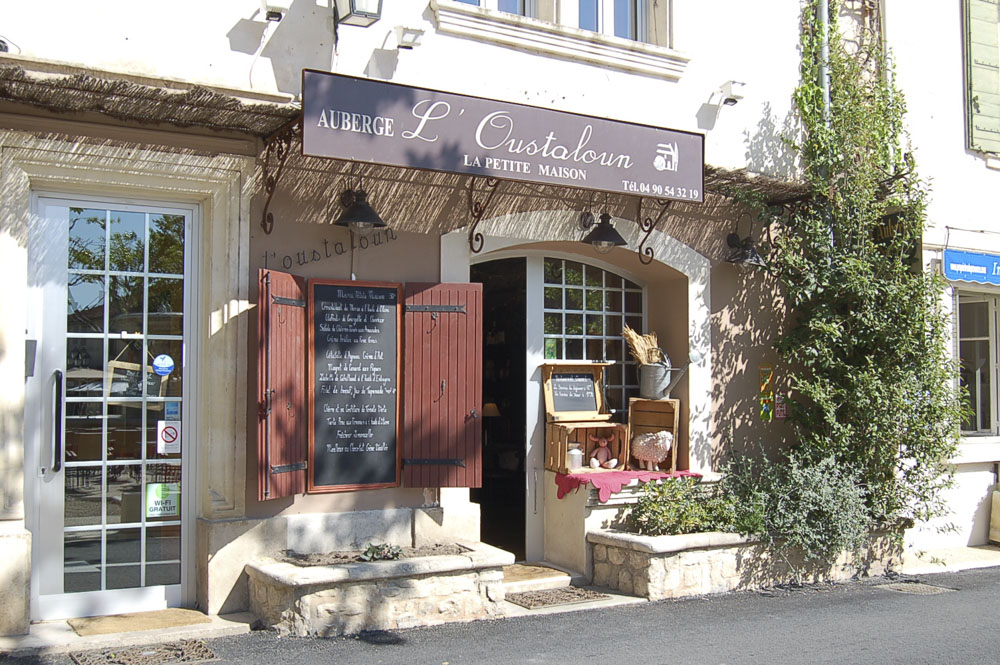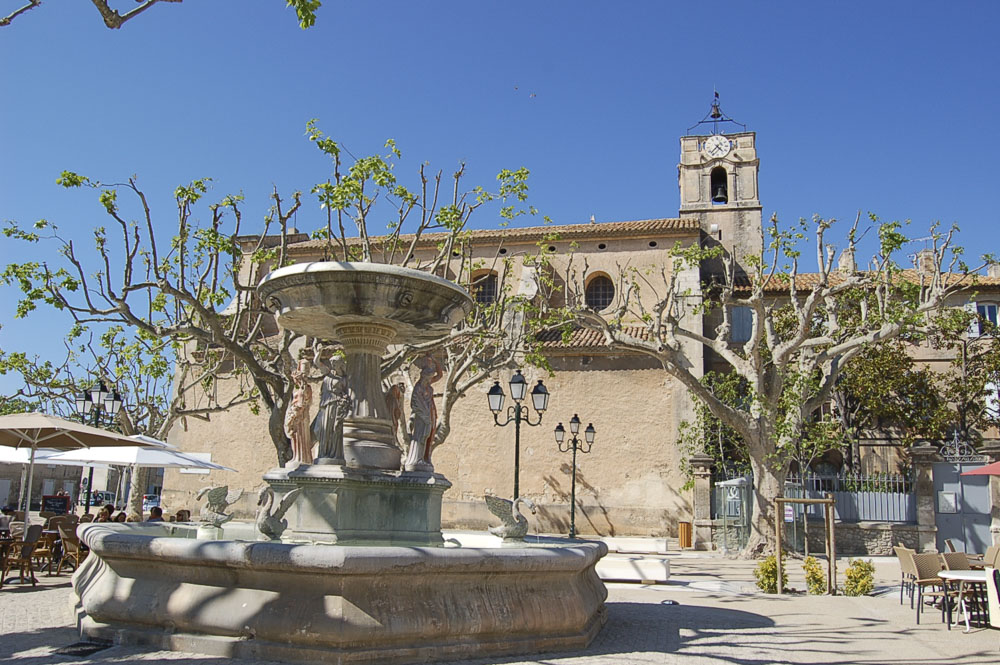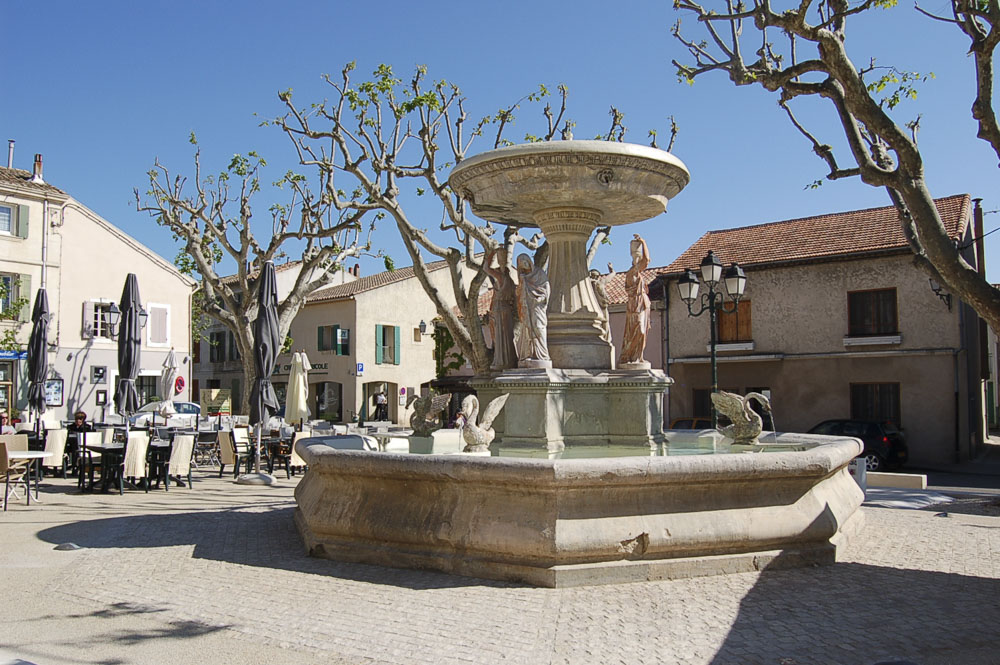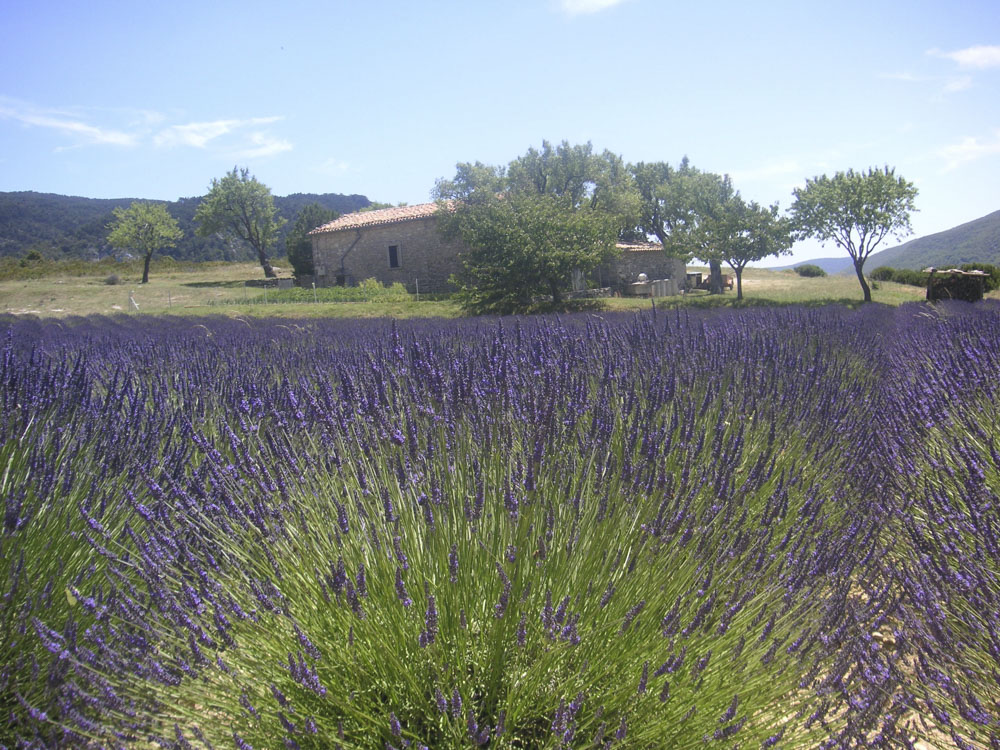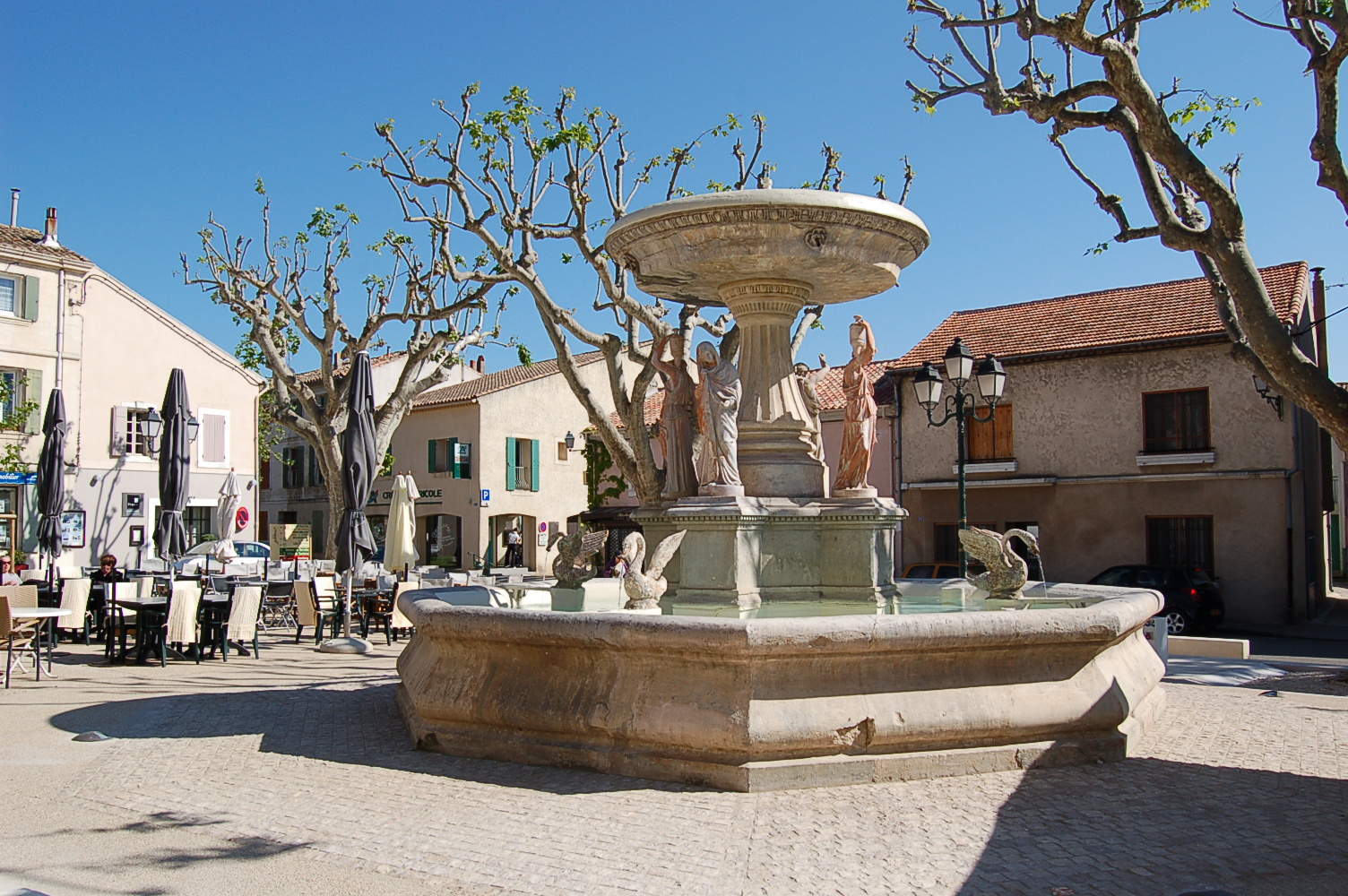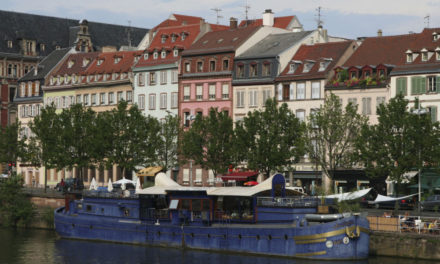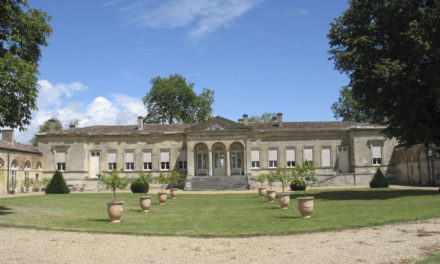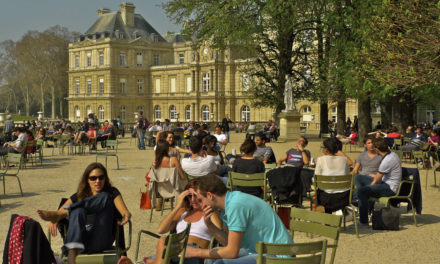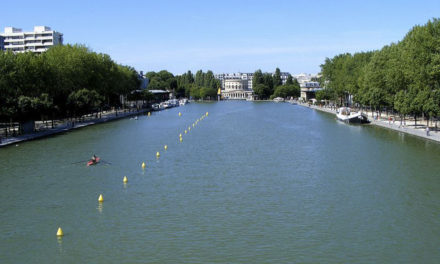Images – Copyright Informationfrance.
The Chaîne des Alpilles is a 25 km long small range of mountains in Provence, they are an extension of the larger Luberon range running in an east-west direction between the Rhône and Durance rivers. The landscape of the Alpilles is one of arid limestone peaks separated by dry valleys.
This is the Provence of St Rémy de Provence and Les Baux de Provence. It is the land of the authors Alphonse Daudet and Frédéric Mistral, and also the land of Van Gogh who lived in St Rémy and who was inspired by its light, its sunflowers and its famous cypress trees.
The Alpilles were immortalised in art by Vincent van Gogh, who painted many images of the Alpilles’ landscapes during his time in Saint-Rémy-de-Provence on the north side of the mountains.
The 12 municipalities covering the Alpilles area are to be declared a ‘Regional Parc’, placing the area under the protection of the Natura 2000 Environmental Protection Plan of the European Union in 2007.
Book a Hotel in Les Alpilles
Fauna and Flora
The lower slopes are planted with olive and almond trees with Kermes oaks and pines also growing there. Much of the range is, however, bare rock or stony ground covered with scrub and maquis.
The highest parts of the range are a nature reserve inhabited by a number of rare bird species, including Bonelli’s eagle, the Egyptian vulture and eagle owl. Some of these species were introduced in the Alpilles in the 1980s.
Olive Oil
At the foot of ‘Les Alpilles’, in the Valley of Les Baux, lies one of the finest olive groves in Provence. Five oil mills, at Fontvielle, Maussane and Mouriès process the region’s olive harvest.
Harvesting is carried out by hand. It is important to collect the finest fruits, especially for eating. Picking takes place in December, sometimes with a hand-held rake and a net stretched out on the ground.
Pressing consists of two distinct operations. Firstly the olives are washed, ground and mixed without heating. The paste thus obtained is then spread out onto ‘Scourtins’.
These are woven trays, formerly of rush, but nowadays of synthetic fibre, in the form of large round ‘cheeses’. They are piled one on top of one another between the plates of the press. This method enables the oil to be separated out leaving the pulp behind.
After separating out the watery residues by allowing it to settle, pure, first pressing olive oil from the Valleé des Baux is obtained.
Les Baux de Provence
Fontvieille and Alphonse Daudet’s windmill
Les Baux de Provence
Saint-Rémy-de-Provence and the ruins of the Roman city of Glanum
Arles
Orgon
Montmajour Abbey
Eygalières
Saint-Étienne-du-Grès
Eyguières
Lamanon
Mouriès
Flyprovence.com
For more information on Provence – www.flyprovence.com
Copyright Text : Sté PEC
Copyright Images : Informationfrance

